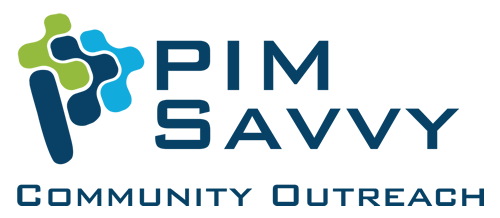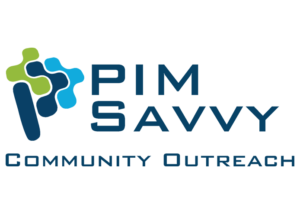Are things happening in your work sites that adversely affect the safety of your workers? Regardless of your industry or how long you have been in business, a safe and healthy workplace is good for business in numerous ways.
Protecting workers from injury and illness:
- Lowers costs through the reduction of staff turnover/training costs, absenteeism, and accidents.
- Reduces workers’ compensation costs (do you know employers and employees in the state of Washington contribute jointly to the workers’ compensation funds? It benefits everyone to work as a team and promote workplace safety).
9 Ways to Create a Safe and Healthy Workplace

- Make health and safety a priority: Tell your team it’s your no. 1 priority to make sure they’re safe.
- Identify hazards: Look at your whole operation and do a job hazard analysis on each job. Focus on the relationship between the workers, the task, the tools, and the work environment. Determine the likelihood of harm, such as an injury or illness occurring, and its severity.
- Control exposures to hazards in the workplace: Work with your employees to:
- Eliminate hazards whenever possible.
- Eliminate or reduce hazards through substitution (Can a different chemical be used?).
- Isolate people from hazards (Machine guarding and other barriers).
- Lessen the threat of a hazard to an individual through administrative controls e.g., training, procedure, policy, shift design.
- Protect workers with personal protective equipment (PPE)
PPE might seem to be less expensive than other controls, but can be costly over time. Identifying actions necessary to physically eliminate the hazard is most effective as shown in the diagram.
- Get workers involved in shaping your workplace safety program: A little planning goes a long way. Hold regular, productive safety meetings. Worker participation on safety committees or in safety meetings can strengthen your safety culture and help you prevent costly workplace injuries. They can help by providing input to the Accident Prevention Program (APP) and other policies, setting goals, developing incident investigation procedures, and measuring progress. Do you know EVERY employer in Washington State is required to create a written APP to address the safety and health hazards found in their workplace? APP templates and information can be found on the Washington State Department of Labor & Industries (L&I) Website: https://lni.wa.gov/safety-health/preventing-injuries-illnesses/create-a-safety-program/accident-prevention-program.
- Invest in training your team (not once but regularly): Train your workers so that they know what kind of hazards to look for in the work environment, recognize their role in preventing harm, and understand their responsibilities in your safety program. Make this safety training part of your onboarding/orientation process for new employees. Also, establish a cadence of on-going training for your whole team throughout the year. To get started, here are two links to a calendar of workshops, events, webinars and training materials that L&I offers:
https://www.lni.wa.gov/safety-health/safety-training-materials/online-safety-training
https://lni.wa.gov/workshops-training/
- Encourage your workers to report hazards: Implement ways people in the company can easily (and maybe even anonymously) report workplace hazards or behaviors that put others at risk. Conduct periodic inspections to discover emerging hazards and make certain workers and company management are following the rules.
- Reassess your safety program: Evaluate the safety program periodically and improve on issues you see. Schedule a no-cost, confidential consultation from L&I. These services can help you find and fix hazards in your workplace and strengthen your safety program.
- Ensure everyone is on the same page: Make sure your employees, supervisors, managers, general contractors, subcontractors, and staffing agencies know about company safety standards, and are just as committed to meeting them.
- Show instead of tell: Both employers and managers should lead by example. Follow the safety protocols you’ve set up for your workers. Do you know owners and managers have a negative effect on safety culture if they don’t walk-the-walk and talk-the-talk
Safety is a Value
Priorities can be voluntarily or accidentally be swapped around, whereas a value is always present and essential to the existence of the business. Like in people, our values are who we are and how we conduct our actions towards others. That said, a most updated approach is to qualify safety as a value more than a priority.
At the end of the workday, everyone wants to return home safe and healthy. When all work together and the safety culture starts at the top, success is inevitable. Safety and health can add value to your business, your job, and your life. Thanks for reading and be sure to raise your hand for safety!
Additional Resources
Safety & Health Core Rules, Chapter 296-800 WAC
Safety Committees and Meetings (tips for effective meetings)
Schedule a no-cost, confidential consultation from L&I
Learn more about finding and fixing hazards
Contact L&I
- Phone: 360-902-4817
- Fax: 360-902-4988
Mailing address
Washington State Department of Labor & Industries (L&I)
Employer Services
PO Box 44140
Olympia WA 98504


